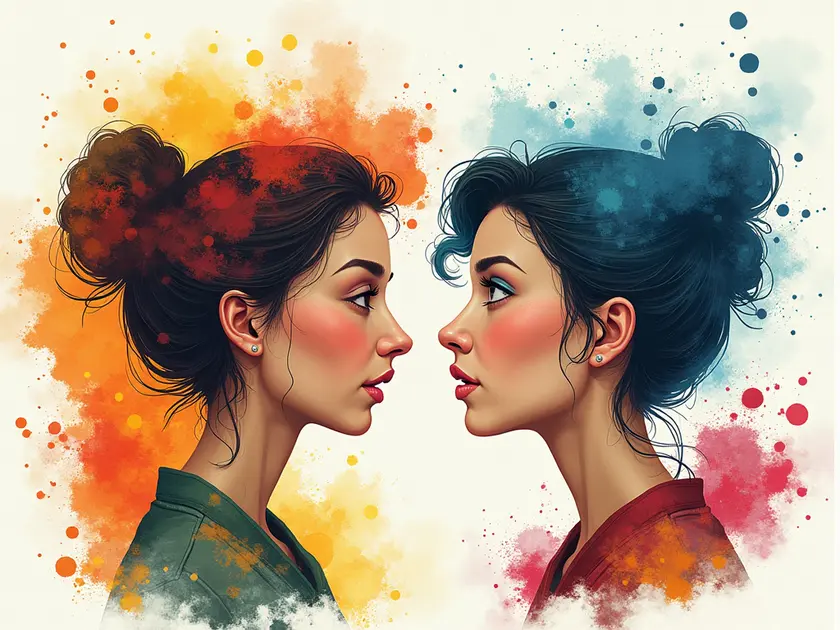The Benefits of Cross-Disciplinary Art Collaboration
Collaboration in the arts across different disciplines has become increasingly popular in recent years. By combining the talents and expertise of individuals from diverse fields, such as music, visual arts, dance, and literature, remarkable outcomes can be achieved. In this article, we will explore the advantages of cross-disciplinary art collaboration, including enhanced creativity and innovation, broader perspectives and diverse skillsets, and increased opportunities for learning and growth. Let’s delve into how these collaborations can elevate artistic endeavors to new heights.
Enhanced Creativity and Innovation
Enhanced creativity and innovation are key benefits of diversifying teams and promoting inclusion in the workplace. When individuals from different backgrounds come together, they bring unique perspectives, experiences, and ideas to the table.
This diversity of thought sparks creativity and encourages innovative thinking, leading to the development of groundbreaking solutions and products. By fostering an inclusive environment where all voices are heard and valued, organizations can unlock the full potential of their teams and drive continuous innovation.
- Diverse teams are more likely to challenge conventional thinking and explore new approaches to problem-solving.
- Collaboration among individuals with varied perspectives can result in the generation of novel ideas and breakthrough innovations.
- An inclusive culture that embraces diversity fosters a creative environment where employees feel empowered to express their ideas freely.
Overall, enhanced creativity and innovation resulting from diversity and inclusion can propel organizations forward, setting them apart as industry leaders and driving sustainable growth and success.
Broader Perspectives and Diverse Skillsets
Having a diverse team brings together individuals with unique backgrounds, experiences, and perspectives. This diversity allows for a broader range of ideas and solutions to be considered, leading to more innovative outcomes.
Furthermore, a team with diverse skill sets can tackle challenges from multiple angles, leveraging each member’s strengths to achieve success. This not only fosters a culture of collaboration but also encourages continuous learning and growth among team members.
By embracing and valuing diversity in perspectives and skill sets, teams can more effectively navigate complex problems, adapt to change, and drive sustainable success in today’s dynamic business landscape.
Increased Opportunities for Learning and Growth
Embracing new challenges and responsibilities can lead to personal and professional development.
- Continuous Learning: Opportunities to acquire new knowledge and skills through training programs and workshops.
- Mentorship Programs: Guidance from experienced professionals can provide valuable insights and foster growth.
- Networking: Interacting with a diverse group of individuals can open doors to new learning opportunities.
- Project Assignments: Handling varied projects can enhance problem-solving abilities and expand expertise.
By seizing these opportunities, individuals can broaden their horizons and progress in their careers.






